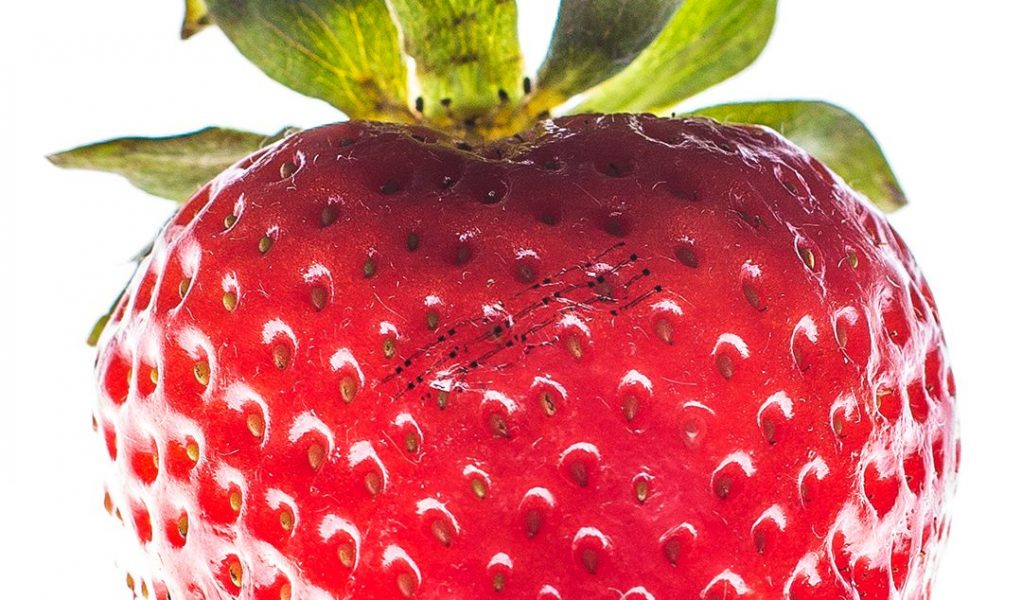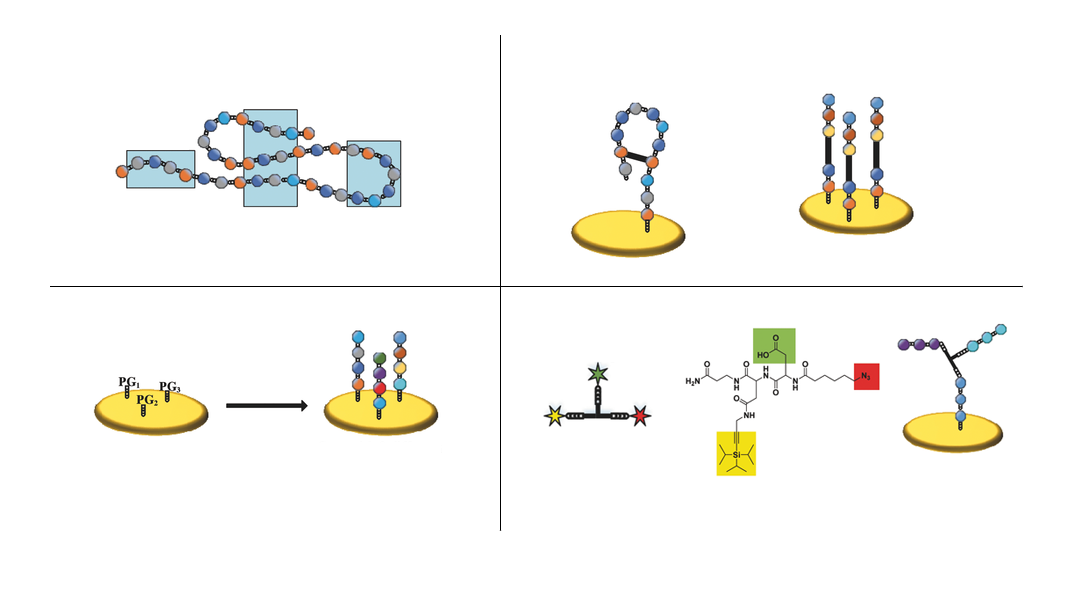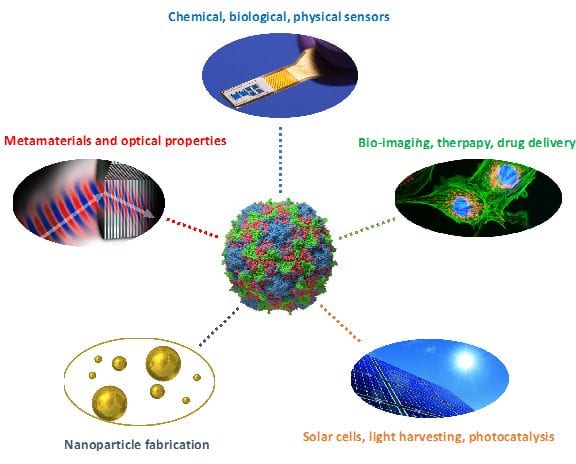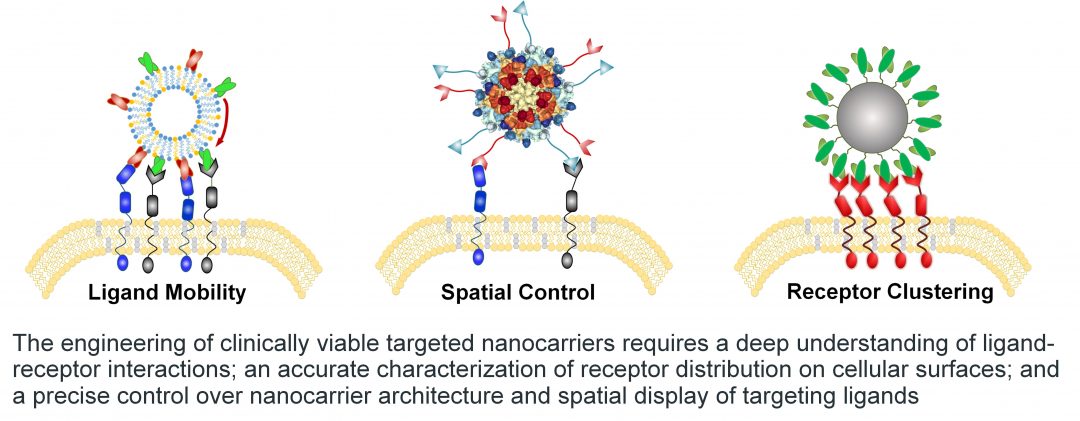The first seeds towards non-invasive edible electronics are sown.


The first seeds towards non-invasive edible electronics are sown.
![Highly-Ordered Hydrogels as Mimics for Natural Ligaments [Video]](https://www.advancedsciencenews.com/wp-content/uploads/2018/03/adma201704937_ASN_image.png)
Researchers from Hokkaido University in Sapporo, Japan, report a method to fabricate hydrogels with hierarchical fibrous structures that mimic tendons and ligaments.

In a WIREs Nanomedicine and Nanobiotechnology review, a discussion about the need for a unifying interpretation of the available experimental data regarding nanomedicines is presented.

German biotechnologists seek to recycle waste with the ultimate aim of creating a sustainable cycle of materials.
![Enzyme-Like Hydrogel for Biosensing Applications [Video]](https://www.advancedsciencenews.com/wp-content/uploads/2018/02/adma201706887_ASN_image.png)
Professor Feng Zhang from Guangzhou Medical University, Professor Hao Pei from East China Normal University, and co-workers report a flexible electrochemical sensor based on a 3D-printable hydrogel. The device could be used as a glucose sensor, demonstrating its potential in biosensing applications.

A method to create arrays of branched peptide assemblies as a surrogate for protein arrays is developed.

Chemists at the University of Bristol have made the first steps towards making sustainable petrol using beer as a key ingredient.

Researchers are taking advantage of 4 billion years of viral evolution to produce robust protein cages for a wide range of applications in nanotechnology.
![Lipid-based Films for Biomedical Applications [Video]](https://www.advancedsciencenews.com/wp-content/uploads/2018/02/adfm201704356_ASN_image_without_logo.png)
Cecilia Leal from the University of Illinois and co-workers summarize the current research on lipid-based films for biomedical applications and provide new insight into multilayered hybrid lipid–polymer films for substrate-mediated drug delivery.

Nanocarriers can be precision-engineered to capitalize on what is known about receptor expression patterns, receptor clustering, and ultimately how interactions between a nanocarrier and target can be manipulated to achieve the most effective downstream signaling events.